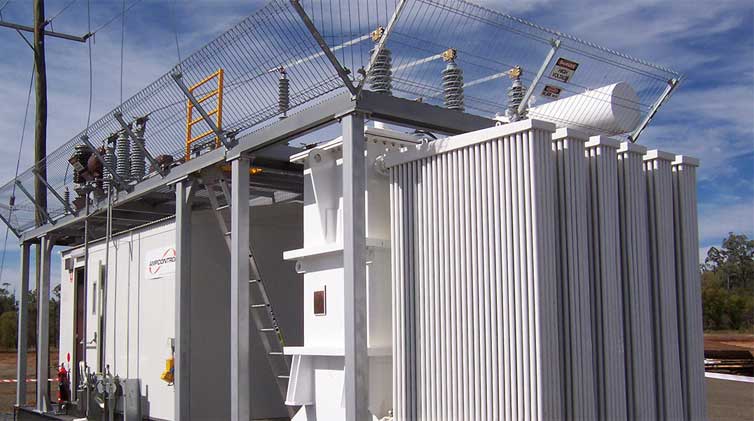Application of Three Winding Transformer in Power Plant
When power plants need to use two different voltages to supply power to the users or system, or when substations need to connect to several other voltage power systems, we usually choose three-winding transformers.
There are three windings in each phase of a three winding transformer, not like the double winding transformer. When a winding is connected to an AC power supply, the other two windings induce different electric potentials. It is suitable for loads that require two different voltages. There are usually three kinds of voltage in power plants, so three-winding transformers are widely used in power plants.
There are three windings of high voltage, medium voltage, and low voltage in a three-winding transformer. The three windings of each phase are sheathed on a core column. In order to facilitate insulation, the high voltage windings are usually placed on the outermost layer. The step-up transformer's low-voltage winding is placed between the high-voltage and medium-voltage windings, making the leakage magnetic field distributed uniform and the leakage reactance distribution reasonable. It will not lead to increased leakage flux and additional loss due to the low voltage and high voltage windings being too far apart, thereby ensuring a better voltage regulation rate and operating performance.
In a three-winding transformer, the magnetic flux that is not linked to the three windings simultaneously is the leakage flux. Among them, the magnetic flux that is only connected to one winding and not to the other two windings is called self-leakage flux, the flux that is only linked with two windings but not linked with the third winding is called mutual leakage flux. The leakage voltage drop of each winding is affected by the other windings. Therefore, a three-winding transformer's leakage reactance has a different meaning from that of a two winding transformer.
Jump to Content Sections
Leave a Message
You May Also Like
 English
English  français
français  Español
Español  русский
русский  العربية
العربية  tiếng việt
tiếng việt  Malay
Malay  Indonesia
Indonesia  বাঙালি
বাঙালি 

